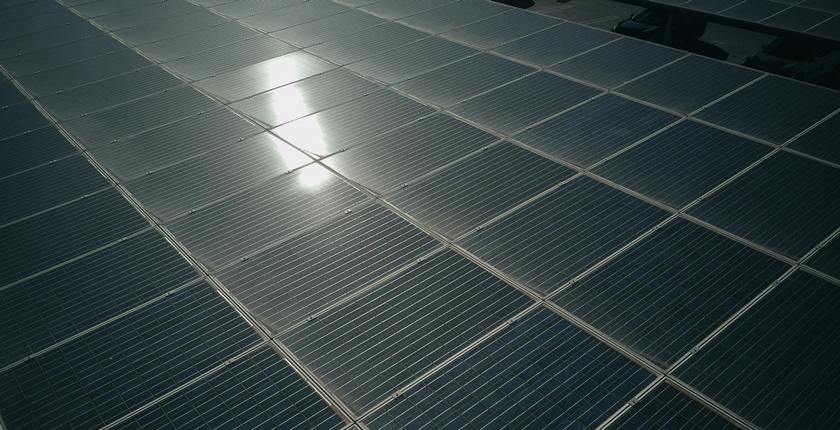
Photo: Pexels
The European Union is the world’s largest importer of solar panels and is expected to remain so until at least 2035, according to the latest report by the International Energy Agency (IEA). The share of clean energy technologies in the bloc’s import bill is projected to increase from under 10% in 2023 to 35% in 2035, at the expense of fossil fuels.
The EU’s domestic production of solar panels covered slightly under 15% of demand in 2023, with imports covering the rest and even creating stockpiles at about three times the level of installations in that year, according to the IEA’s report, titled Energy Technology Perspectives 2024 (ETP-2024). The EU buys solar modules mainly from China and Southeast Asian countries, though some of the imports are now coming from the United States.
Domestic solar modules cover just 15% of the EU’s demand
Europe’s domestic production is around 7 GW per year, and there are currently no announcements of significant production expansion. Moreover, there are indications that the existing solar module manufacturing capacity could even be reduced.
At the same time, the IEA’s report notes that the EU’s share of global photovoltaic manufacturing capacity has dropped to less than 1%. However, the bloc has kept its 3% share of the global supply of polysilicon, thanks to the high purity of the material produced in Germany and its exports to China.
The world’s solar panel manufacturing capacity could rise to 1,695 GW per year by 2035
Under one scenario analyzed in the report, the world’s solar module manufacturing capacity could reach 1,695 GW in 2035, compared with 1,115 GW in 2023.
The value of the global market for solar, wind, electric vehicles, batteries, electrolyzers, and heat pumps nearly quadrupled between 2015 and 2023, to over USD 700 billion, or about half the value of all natural gas produced in the world. Under current policies, the global market for these six clean technologies would almost triple by 2035, exceeding USD 2 trillion.









Be the first one to comment on this article.